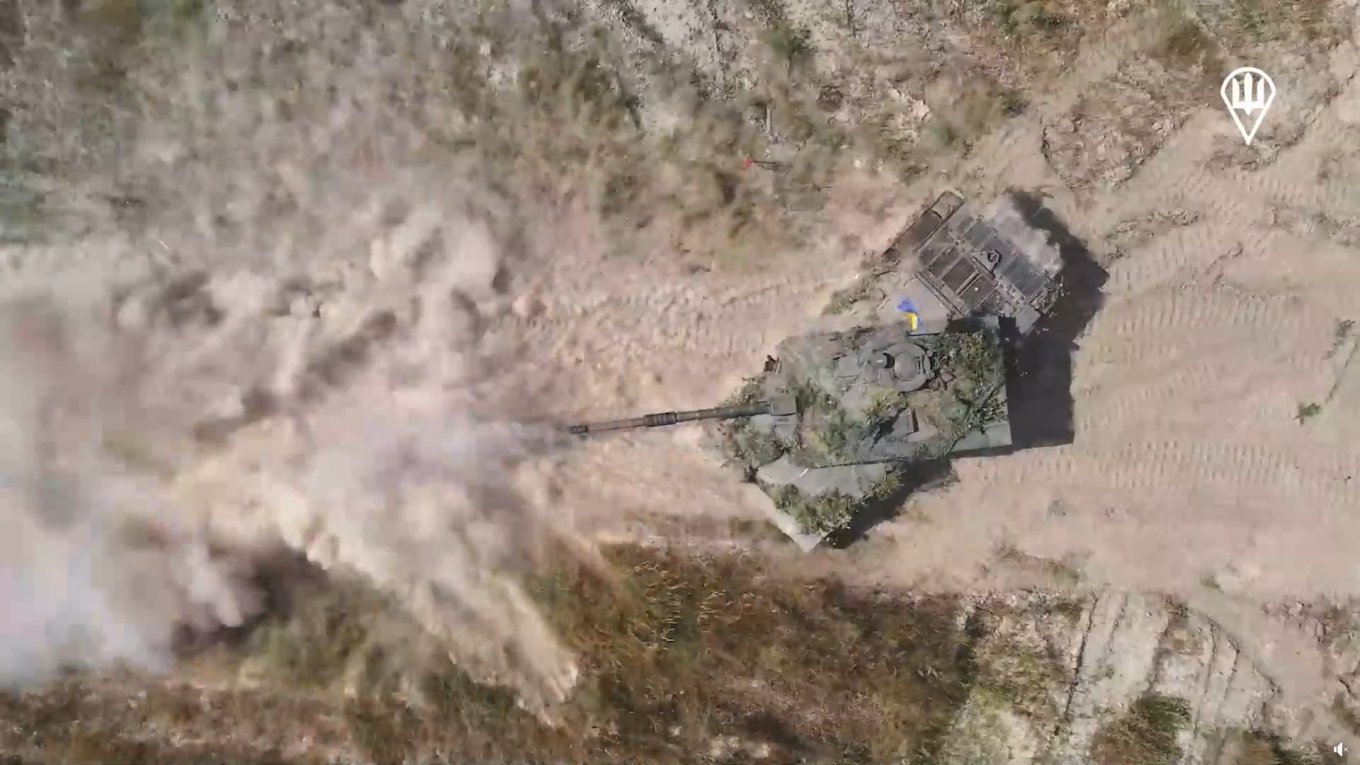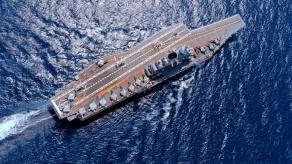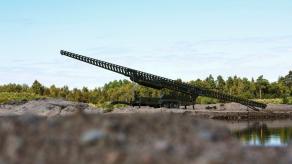Challenger 2 tanks from Great Britain marked a significant milestone as the first Western main battle tanks provided by Ukraine's partners, paving the way for the Leopard 2 and Abrams into the Ukrainian Armed Forces. However, with a current quantity of only 14 units, despite talks of a potential doubling in the future, they are far from being a "game changer."
Moreover, each weapon has its strong and weak points, the British tank is no exception. The realities of the combat use of Challenger 2 were shared by a Ukrainian tank crew with British journalists from The Sun.
Read more: British Tank Challenger 2: Unique Features, Capabilities and Specifications

Undoubtedly, the standout feature of the Challenger 2 is its L30A1 rifled 120mm gun, a unique asset in its class, dominated by smoothbore guns used on all other tanks, whether Western or Soviet. Ukrainian tank operators have repeatedly praised this cannon for its precision, often referring to it as a "sniper gun." However, it's crucial to recognize that accuracy and firing range are not solely dependent on the gun but also on the effectiveness of the fire control system.
In practice, it means the optimal engagement distance for the Challenger 2 is around 4.5 kilometers, a range within which Ukrainian tank crews regularly operate. Still not as far as the Challenger 2's record-breaking shot at 4.7 km during Operation Desert Storm. In contrast, for Soviet tanks and their modernizations, the range of aimed fire at distances more than 3 km remains purely theoretical.

However, the advantages of the Challenger 2 largely end there, according to accounts from Ukrainian operators. While it offers standard features typical of Western military vehicles, such as interior space, comfort, and armor level, its performance on the battlefield doesn't always align with the actual requirements of a particular battlefield.
For instance, the amount of armor accounts for the Challenger 2's weight of 64 tons which places it on par with the latest versions of the Leopard 2 and Abrams M1A2. But while German and American tanks boast 1,500-horsepower engines, the Challenger 2 is equipped with a 1,200-horsepower engine, leading to reduced mobility. Right when the tank crew was en route to meet with the British journalists, Challenger 2 got stuck in weak soil.

Furthermore, while reinforced protection is essential for tank-on-tank duels, the crew has not yet engaged in a single one: "the terrain has not allowed it," they say. Instead, the Challenger 2's role seems limited to tasks such as destroying russian infantry firing positions, bunkers, and lightly armored vehicles.
Despite being used for mostly these purposes, the British tank lacks anti-personnel shells designed for defeating infantry. In fact, it's no surprise to anyone since Western tanks in general were created as a mobile anti-tank tool first and foremost, not a versatile assault vehicle. Such a role was conceptually secondary for Challenger 2 from the very beginning or wasn't considered at all, now resulting in a problem for the Ukrainians.
The Sun reporters also mention the number of Challenger 2s in operational condition: 7 out of 14. But being destroyed in combat is not the main cause. Only one tank was critically damaged by a Lancet drone — as a result, the crew survived but the vehicle was burned out, it was evacuated and sent for repair. Two more tanks received less damage and were repaired, too; and another one stays out of combat in order to train new personnel.
The reason why only 50% of vehicles are combat-ready, is because the repairmen simply have no time to fix ordinary malfunctions. For instance, as the tank crew said, some components of the turret and the aiming system turned out unreliable. Meanwhile, the delivery of spare parts sometimes takes months, exacerbated further by a shortage of qualified mechanics in the field.
Consequently, in those cases trained crews find themselves without operational tanks, often diverted to non-combat tasks like trench digging, instead of engaging in active combat duties.

Read more: Challenger 2 is a "Sniper Rifle Among Tanks," Says Ukrainian Soldier About the British MBT and Compares with Soviet T-80














